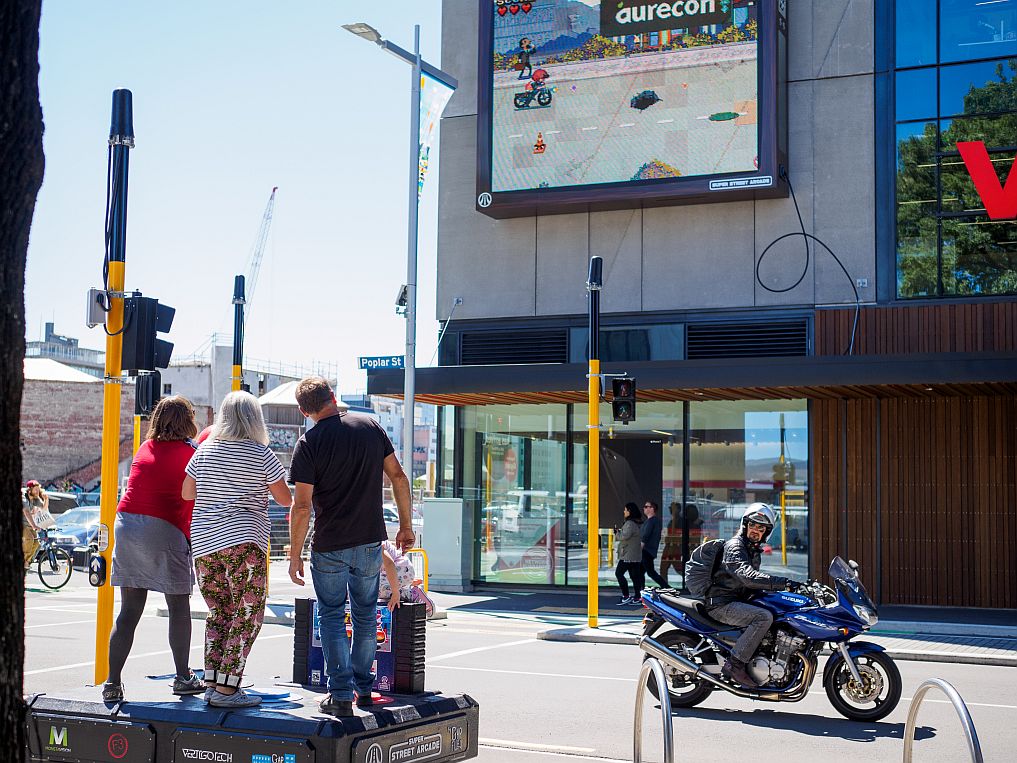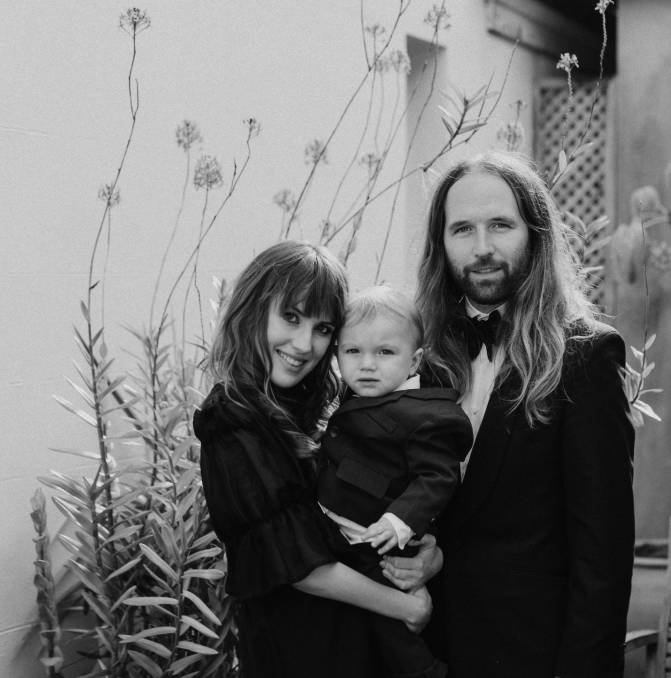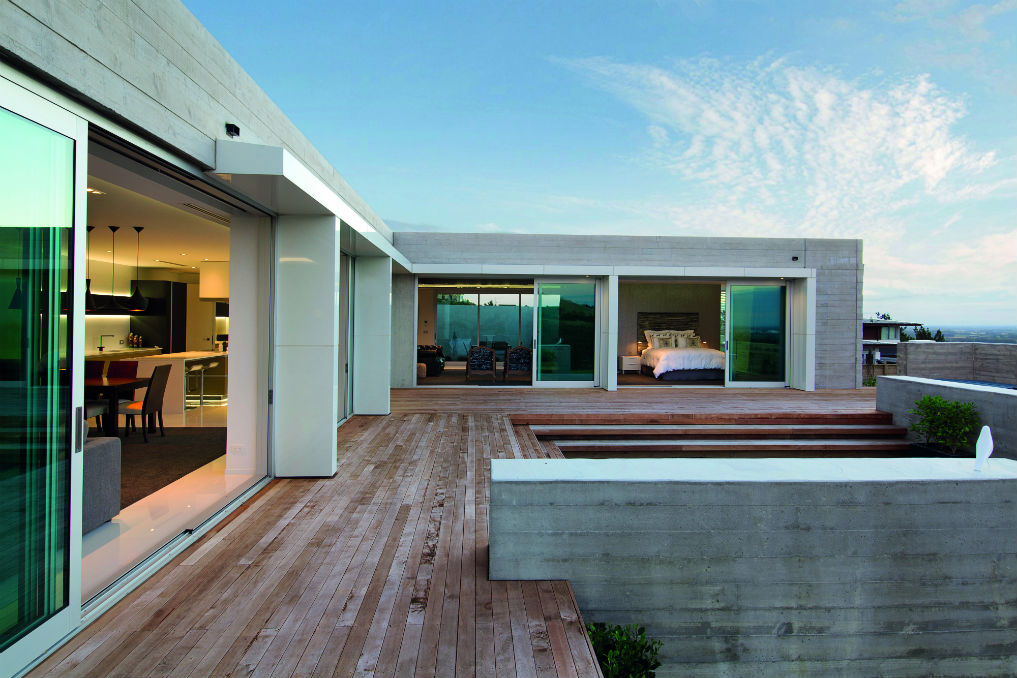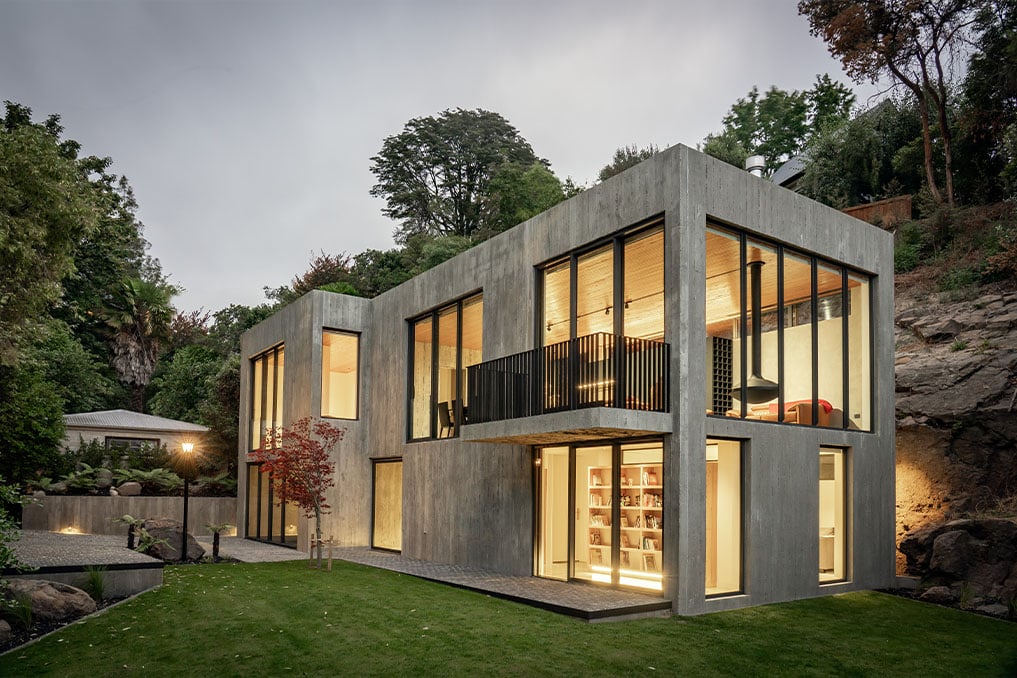A total of 5,098,711 aliens were destroyed in 2018, in more than 127,000 games of ‘Space Raiders’. These games were not played sitting in front of a computer screen – they were instead played out using an oversized joystick, situated at the intersection of two busy streets, on a 5m-wide screen mounted to the side of a building. Architectural designer Pippin Wright-Stow of F3 Design was one of the street arcade’s masterminds.
In 2016, Pippin was approached by Gap Filler in Christchurch to help design, prototype and build the world’s first giant, outdoor arcade game system. The project was initiated by Gap Filler to look at engaging and activating the street edges.
“It was a departure from their usual 'Gap' projects, typically undertaken within private property, and instead looked at ways to engage the public within the street scene. The project aimed to use popular culture combined with technology, gaming, and an actual physical workout. Gap Filler wanted people to interact with passers-by, invite them to join in an activity and watch others having fun – to become a part of a performance,” says Pippin.
Pippin and his team at F3 Design aren’t strangers to Gap Filler or embracing fun. The team had already worked on Gap Filler’s Dance-O-Mat, a coin operated dance floor in 2012, and F3 Design was formed on the foundation of the words Fun, Form and Function, with a strong emphasis on Fun.
“We like projects that have the scope for innovation and creativity and that can lead to fun being one of the major outcomes. There is a lot of creative problem solving in this type of work, which leads to thinking about standard projects in a new light. It's refreshing and challenging,” says Pippin.
There were many people and organisations who invested time and money into the success of the Super Street Arcade. Pippin says it’s important ownership of the project is claimed by all involved.
“The street arcade was a true collaboration involving a lot of people. F3 took the general Gap Filler idea and worked alongside them to design a look and feel for the console and screen. We then developed the mechanics of the console and built the prototype with functioning parts. Others helped to integrate in the computer hardware, machine specific parts, rejig switches, and install the LED screen panels. The project has continued to grow since its launch, with school kids contributing through the development of new games to load up,” says Pippin.
F3 Design are currently working with Gap Filler on a new project soon to be launched in Christchurch city. He is proud to be involved in community work that contributes in someway to making the world a happier, more fun place to live.
“Designers need to ask what it is that they can contribute to build a better society. We actually have more leverage to change the status quo than we think. Working with community projects that have good ethics and are trying to do good positive work can give us the chance to innovate, to make connections between different trades, consultants, developers, and communities. Through community work, you meet great people who you can work with on a variety of other projects. You also discover how to find solutions you may have never realised with your everyday clients and projects.”







